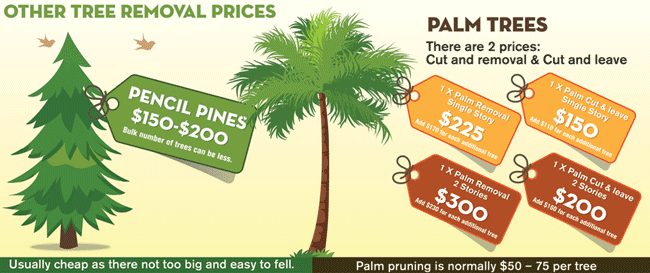Protecting Your Landscape: Replanting After Tree Removal
Protecting Your Landscape: Replanting After Tree Removal
Blog Article
mouse click the up coming web site Create By-Asmussen Garrett
Tree elimination can leave a space in your landscape that needs dental filling. You can plant something new in that space, yet it takes added treatment and attention at the beginning to aid it prosper.
The dirt in that area will keep altering gradually as bacteria break down the old origins. That can affect the vitamins and mineral balance and physical space for new growth.
Dirt
The dirt in a story where a tree has actually been gotten rid of is most likely to be extremely different from the rest of your garden or yard. The roots of the old tree and the stump will have altered the soil, removing some nutrients and perhaps crowding out other plants. On top of that, if the previous tree was unhealthy, the contagious representative might still be in the ground.
The visibility of origins promotes a rich and diverse community of soil microbes that improves important processes like nutrient biking and organic matter disintegration. Without these microbes, the displaced soil can end up being less fertile and nutrient-depleted, with an unfavorable influence on plant development.
Prior to replanting, the dirt should be eliminated of debris and organic product (such as timber chips from stump grinding). maintenance jobs might want to mix in potting soil or native dust with this compost to provide your new growing with an atmosphere that is well balanced and packed with nutrients.
Water
Tree roots absorb large amounts of water from the dirt. This procedure likewise includes nutrients back to the dirt, particularly nitrogen, which is crucial for new trees and plants. However, old dirt can be diminished of these important minerals as a result of the rotting roots and stump from a removed tree.
This is why it is essential to have a prepare for the future of your landscape. Ideally, the most effective time to plant is when you have a fresh start.
Whether you're planting turf or flowers, make sure to use a soaker pipe to prevent overwatering your new landscape design. If the location was a garden, make sure to cover the soil with organic compost to assist keep dampness in the dirt, manage dirt temperature levels and suppress weeds. This also supplies a layer of security for young plants and advertises worm activity. After that, frequently restore the mulch to proceed improving the dirt nutrient thickness and microbial life. This is called soil remediation.
Light
Trees are a wonderful enhancement to any landscape, supplying shade, visual pulchritude, and several various other benefits. However, sometimes trees end up being unattractive as a result of a variety of reasons, including condition, pest infestations and all-natural aging.
In such situations, it might be required to remove a tree. It's important to consider the worth of a certain tree in your landscape design and take the proper actions to ensure that the removal is done safely and successfully.
Throughout the late summer, it's an optimal time to execute upkeep and evaluations on existing trees. Seek indications of disease, insect invasions, or structural damages, in addition to any type of potential threats such as damaged or leaning trees.
Prior to beginning any type of construction tasks, be sure to shield the root areas of existing trees by staying clear of dirt compaction and grading around them. Organic matter, as it breaks down, can create poisonous gases that are detrimental to the roots of a tree. It's also a great idea to mulch the area around a tree after building and construction has finished to save moisture and suppress weed growth.
Temperature level
Trees are essential to a landscape for their visual charm, however they additionally play an important function in the neighborhood environment by offering shade and windbreaks. They support wildlife environments and minimize the quantity of carbon dioxide in the air, which can contribute to global warming. This is why it is suggested to replant trees after removing one from the residential or commercial property.
When replanting Learn More Here -new tree in the location of a previous stump, the soil may not have sufficient nutrients to sustain it. It is best to await a year prior to growing to ensure that the soil will certainly be rich in nutrients.
To make certain that replanted trees flourish, it is essential to offer them with proper care. A layer of mulch will certainly keep dirt wetness from vaporizing, regulate dirt temperature level, and help suppress weeds. Organic mulch is the recommended selection because it improves soil fertility. Ongoing fertilization and insect control are also essential for replanted trees.